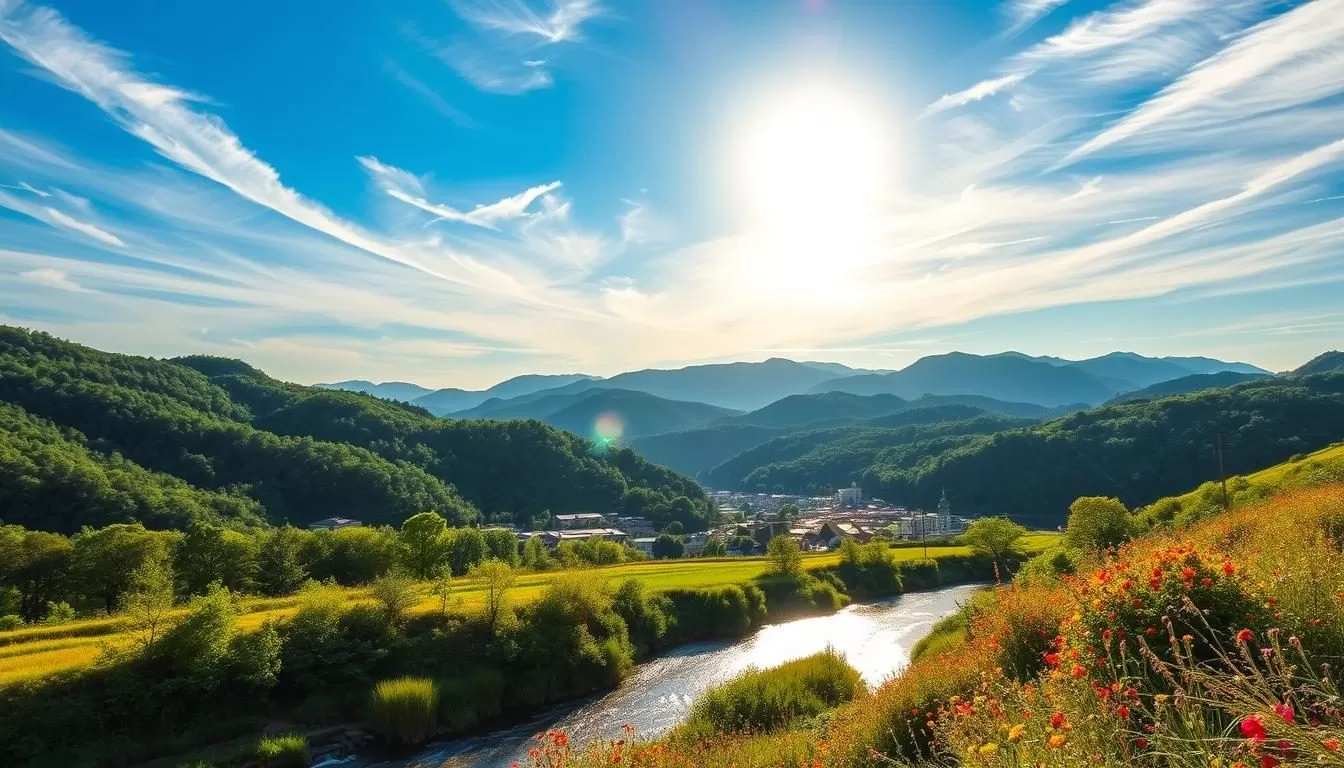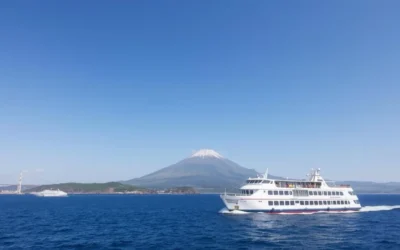✓ Accommodations✓ Flights✓ Rental Cars
Planning a trip to Tochigi Prefecture requires understanding the region’s distinct seasons and how they impact your travel experience.
From the blooming cherry blossoms in spring to the vibrant autumn foliage, Tochigi’s weather patterns follow Japan’s four distinct seasons, each offering unique attractions and natural phenomena.
You’ll want to know which month offers the perfect balance of comfortable temperatures and minimal rainfall to make the most of your trip.
This guide will help you navigate the best time to visit based on weather conditions, crowd levels, and seasonal attractions, ensuring a memorable experience in this beautiful region.
Discovering Tochigi Prefecture Through the Seasons
As you plan your trip to Tochigi Prefecture, understanding the seasonal changes is crucial for a memorable experience. Tochigi Prefecture, located in the Kantō region of Japan, is a destination that transforms with the seasons, offering a unique experience throughout the year.
Where is Tochigi Prefecture?
Tochigi Prefecture is situated in the northern part of the Kantō region, bordered by Fukushima, Gunma, Saitama, and Ibaraki prefectures. Its strategic location makes it easily accessible from major cities like Tokyo, allowing for a quick escape to nature and cultural experiences.
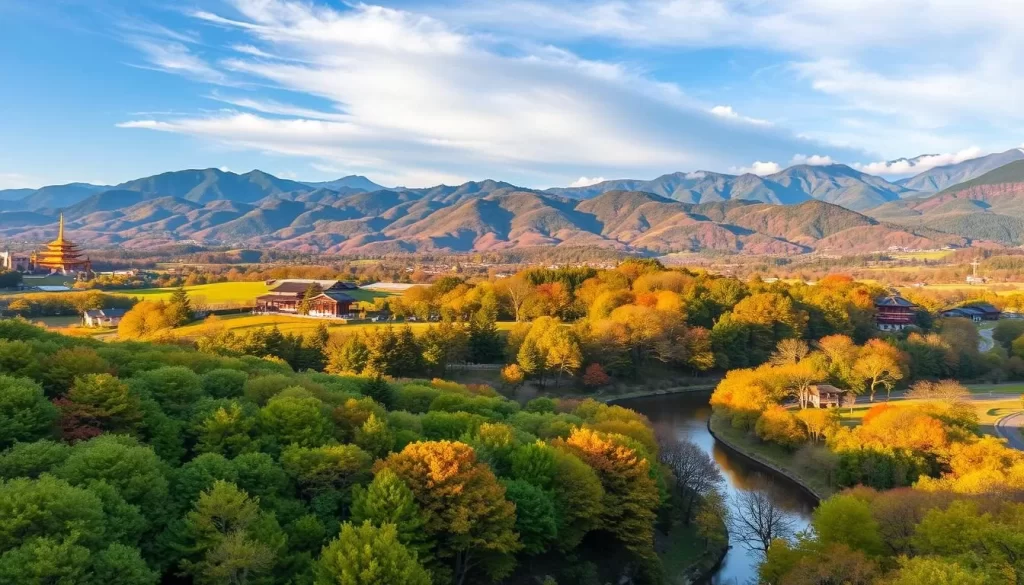
Why Weather Matters When Visiting Tochigi
The weather in Tochigi significantly influences the quality of your visit. The prefecture’s distinct seasons mean that temperatures vary greatly, from below freezing in winter to hot and humid in summer. This variation affects not only your packing but also the activities you can enjoy.
The season and weather conditions determine the accessibility and enjoyment of Tochigi’s natural attractions, such as waterfalls and hiking trails. For instance, the rainy season in June can limit outdoor activities, while the mild weather of spring and autumn makes these seasons ideal for sightseeing.
| Season | Weather Characteristics | Impact on Activities |
|---|---|---|
| Spring | Mild temperatures, cherry blossoms | Ideal for sightseeing, outdoor activities |
| Summer | Hot and humid, occasional rain | Summer festivals, mountain escapes |
| Autumn | Comfortable temperatures, autumn foliage | Popular for hiking, viewing autumn colors |
| Winter | Cold, potential snowfall | Snow activities, winter festivals |
Understanding the time to visit and the month-by-month weather patterns can help you plan a more enjoyable trip, ensuring that you experience the best of what Tochigi has to offer, from seasonal events to local cuisine influenced by the rain and temperatures.
Spring in Tochigi: Cherry Blossoms and Mild Weather
The arrival of spring marks an ideal time to explore Tochigi, with its pleasant climate and picturesque landscapes. As the seasons change, Tochigi transforms into a vibrant destination, offering a mix of cultural experiences and natural beauty.
March: Early Spring Awakening
In March, Tochigi Prefecture begins to awaken from its winter slumber. The weather starts to warm up, with average highs around 12°C (54°F). While the cherry blossoms are not yet in full bloom, the landscapes become increasingly picturesque as the greenery returns. It’s a great time for hiking and exploring the outdoors before the peak tourist season.
April: Peak Cherry Blossom Season
April is the peak month for cherry blossom viewing in Tochigi, with many popular spots like Nikko Futarasan Shrine and Utsunomiya Hanamiyama Park offering breathtaking views. The average daytime temperature is around 17°C (63°F), making it ideal for outdoor activities. Be prepared for crowds, as this is one of the busiest times of the year.

May: Perfect Weather and Golden Week Considerations
May brings perfect weather to Tochigi, with comfortable temperatures averaging 23°C (73°F) during the day and 15°C (59°F) at night. The month starts with Golden Week, a cluster of national holidays that attract large crowds. However, after Golden Week, Tochigi offers lush green landscapes, blooming azaleas, and wisteria, making it an ideal time for travelers who prefer fewer crowds.
- May begins with Golden Week (typically April 29 – May 5), resulting in crowded attractions and higher prices.
- After Golden Week, mid to late May offers some of the year’s most perfect weather, with comfortable temperatures and relatively low rainfall.
- Late May presents lush green landscapes, blooming azaleas, and wisteria, creating an ideal balance for travelers.
Summer Adventures in Tochigi Prefecture
Summer in Tochigi Prefecture is a season of exciting experiences, from festivals to escapes in the mountains. As the weather warms up, the prefecture comes alive with various events and activities that cater to different interests.
June: Navigating the Rainy Season
June marks the beginning of summer in Tochigi, but it’s also the month of the rainy season (tsuyu). While the rain can be a deterrent for some, it’s also a time when the prefecture’s landscapes are particularly lush and green. Visitors can enjoy the cooler temperatures and fewer tourists, making it a good time to explore indoor attractions or experience the local culture.
July-August: Summer Festivals and Mountain Escapes
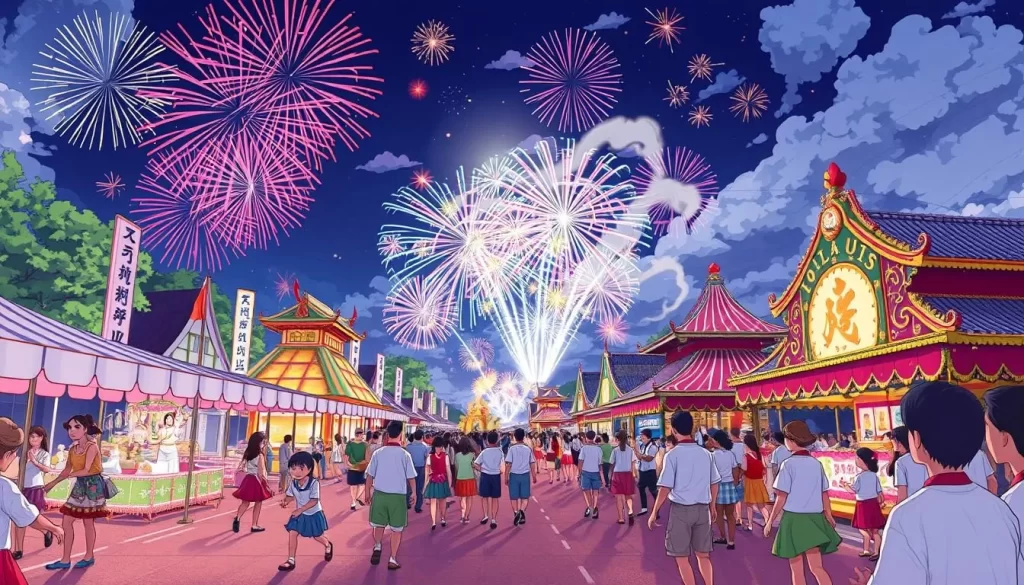
As July and August arrive, Tochigi Prefecture heats up with numerous summer festivals and fireworks displays. The mountainous regions, such as Nikko National Park and Nasu Highland, become popular escapes from the heat, offering cooler temperatures and a range of outdoor activities like hiking and water sports.
The average daytime high in July reaches 29°C (84°F), with nighttime lows of 23°C (73°F). While it’s hot and humid, the late month sees an increase in sunny days, making it ideal for outdoor adventures.
Beating the Heat: Tochigi’s Cooler Destinations
For those looking to escape the summer heat, Tochigi offers several cooler destinations. Places like Lake Chuzenji and the Kirifuri Highlands provide refreshing environments, with temperatures often 5-10°C lower than the lowland areas. These locations are perfect for hiking, boating, and other outdoor activities.
Autumn in Tochigi: Best Months for a Weather-Savvy Trip
The period from September to November is ideal for visiting Tochigi, with each month offering distinct experiences shaped by the changing seasons.
September: The Sweet Spot Between Seasons
September in Tochigi is characterized by the end of summer warmth and the beginning of the autumn season. It’s a great time to enjoy outdoor activities before the peak autumn foliage season.
October: Prime Time for Weather and Autumn Colors
October is a prime month to visit Tochigi, with comfortable temperatures and the autumn foliage starting to peak. The autumn colors create a stunning backdrop for hiking, photography, and exploring the region’s Japanese gardens and temples.
The fall foliage is particularly vibrant, with leaves turning brilliant shades of red and orange. This makes October an ideal time for outdoor adventures and sightseeing.
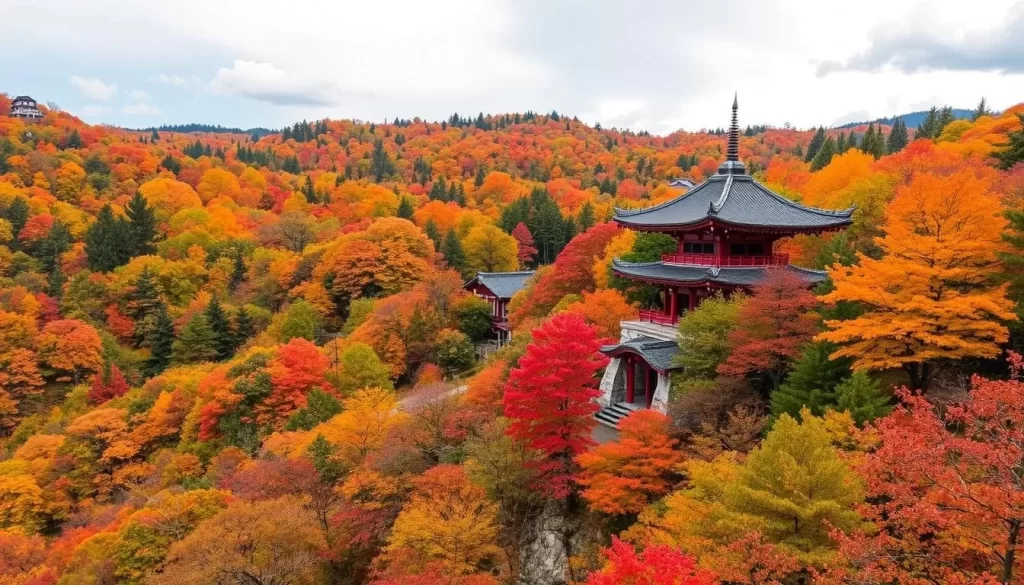
November: Last Chance for Fall Splendor
November offers the last chance to experience Tochigi’s fall splendor, with the leaves still present in the lower elevations and urban areas. The weather is generally mild and dry, making it perfect for outdoor exploration.
As the month progresses, the region transitions towards winter, with cooler temperatures and occasional early frosts in the mountainous areas. This makes November a great time to enjoy the remaining autumn colors before the onset of winter.
Winter Wonders in Tochigi
Winter in Tochigi is a treat for the senses, with its steaming hot springs, snowflakes, and cozy ryokans. As the temperatures drop, the prefecture transforms into a serene and peaceful landscape, perfect for a relaxing getaway.
December: Festive Season and Early Winter
December marks the beginning of winter in Tochigi, with the festive season in full swing. You can enjoy the prefecture’s many winter festivals, such as the Tochigi Light Festival, which features stunning light displays and a magical atmosphere. The average temperature in December is around 4°C (39°F), making it an ideal time to warm up in one of Tochigi’s many hot springs.
January-February: Snow Activities and Winter Festivals
The coldest months of the year, January and February, offer a range of snow activities, including skiing and snowboarding, in the Nikko and Nasu areas. You can also enjoy winter festivals, such as the Nikko Winter Festival, which features ice sculptures and snow statues. The snow-covered landscapes create a picturesque backdrop for a winter wonderland experience.
Winter Onsen Experiences
Tochigi’s hot springs are a major draw during the winter months. You can soak in steaming thermal waters while surrounded by snow-covered landscapes, creating a truly unique experience. Many ryokans offer special winter packages, including hearty seasonal cuisine featuring local ingredients like Tochigi wagyu beef and freshwater fish.
Weather Considerations for Your Tochigi Trip
Tochigi Prefecture’s varied weather conditions throughout the year require careful planning to make the most of your visit. Understanding the seasonal changes will help you pack appropriately and avoid peak tourist seasons.
What to Pack for Each Season
Tochigi’s climate varies significantly across seasons. In spring, bring layers for mild temperatures and rain gear for unexpected showers. Summer requires light, breathable clothing and sun protection. Autumn brings comfortable temperatures, but it can get chilly in the mornings and evenings, so pack accordingly. Winters are cold, especially in the mornings and evenings, so warm clothing is essential.
Transportation Tips During Extreme Weather
During extreme weather conditions, such as heavy rain or snow, transportation in Tochigi can be affected. It’s advisable to check the weather forecast before heading out and plan your route in advance. Some roads may be closed during heavy snow, and public transportation might be delayed. Having a backup plan or staying informed about local conditions can help minimize disruptions.
Avoiding Peak Tourist Seasons
To avoid the crowds, consider visiting Tochigi during the shoulder season. The weeks following Golden Week offer a great balance of good weather and fewer tourists. Similarly, late October to early November is ideal for enjoying autumn colors without the peak season crowds. Weekdays, especially Tuesday through Thursday, are generally less crowded than weekends.
| Season | Best Time to Visit | What to Expect |
|---|---|---|
| Spring | Late March to early April | Cherry blossoms, mild weather |
| Summer | July to August | Hot weather, summer festivals |
| Autumn | Late October to early November | Autumn colors, comfortable temperatures |
| Winter | January to February (excluding New Year) | Cold weather, snow activities |
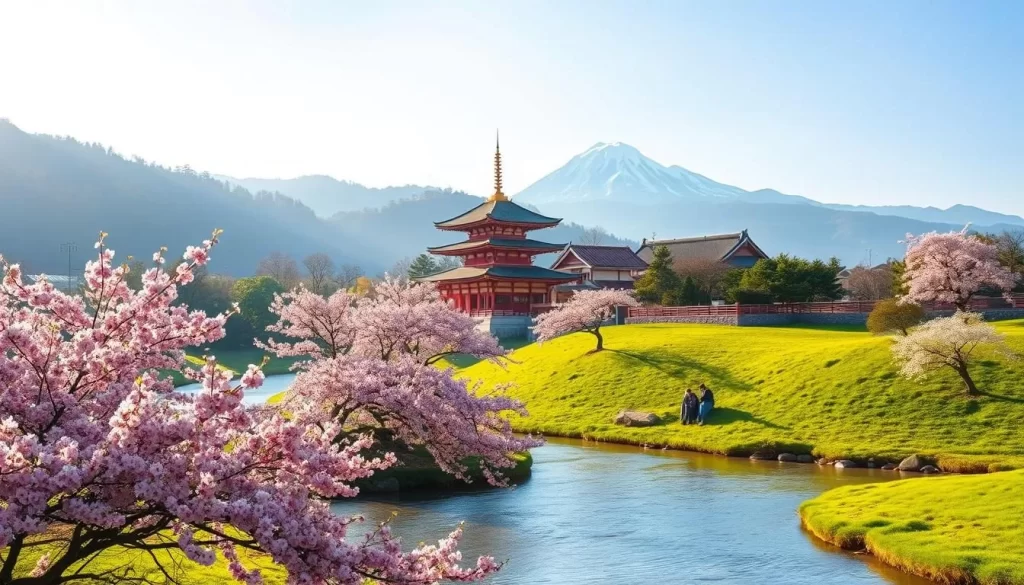
Conclusion: Planning Your Weather-Perfect Tochigi Adventure
Whether you’re drawn to spring blossoms or winter snows, Tochigi Prefecture has a season that’s perfect for you. The best time to visit ultimately depends on your personal preferences and priorities, with each season offering distinct experiences.
For most travelers, the sweet spots are mid-May and late October to early November. These periods offer a perfect balance of comfortable weather, natural beauty, and manageable crowd levels. If you’re looking for cherry blossoms, plan your visit for early to mid-April, but be prepared for crowds and higher prices.
Autumn foliage enthusiasts should target late October for higher elevations and early to mid-November for lower areas. Weekdays offer a more peaceful experience of the vibrant fall colors. Winter visitors between December and February will enjoy fewer tourists, magical landscapes, and the pleasure of hot springs.
Understanding the typical weather patterns and planning accordingly will help you maximize your experience of this diverse and culturally rich Japanese prefecture. So, choose your season wisely and make the most of your Tochigi adventure.
The above is subject to change.
Check back often to TRAVEL.COM for the latest travel tips and deals.
